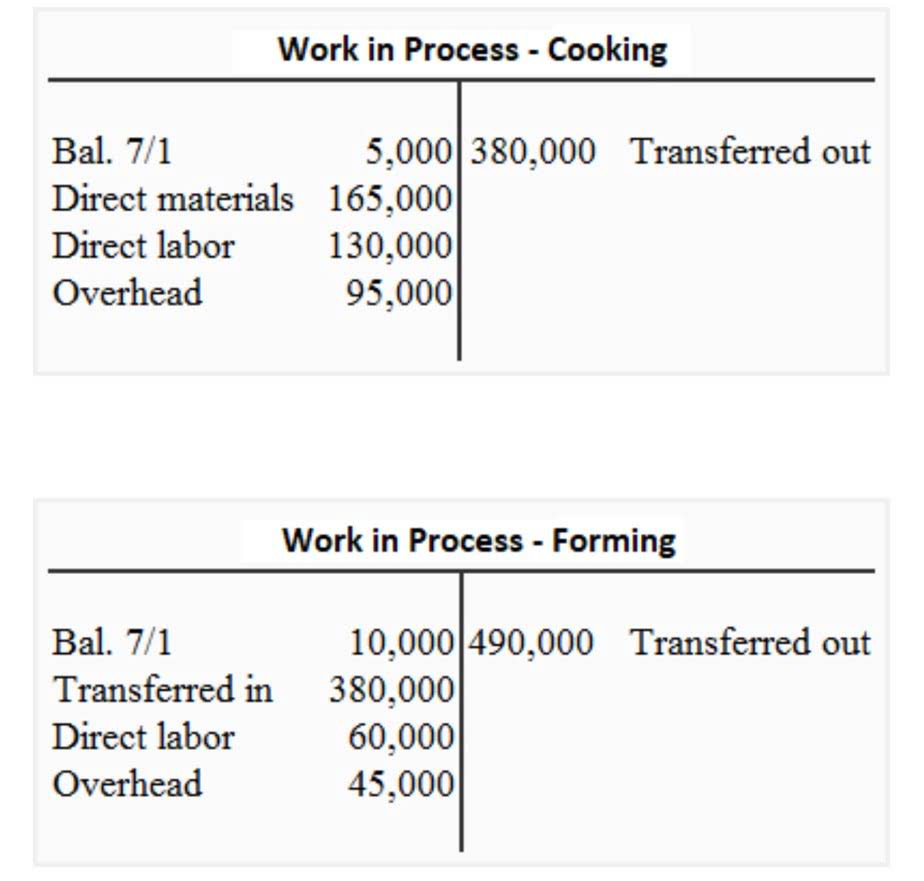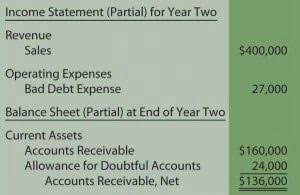
This calculator streamlines the process of determining shareholders’ equity, making it accessible for stakeholders to assess a company’s financial position quickly. The following examples feature the shareholders’ equity statement and show how to calculate shareholders’ equity with respect to all the above-mentioned components. Also known as additional paid-up capital, this component counts the additional amount that shareholders pay above the actual share price. Shareholder equity is one of the important numbers embedded in the financial reports of public companies that can help investors come to a sound conclusion about the real value of a company. During a liquidation process, the value of physical assets is reduced, and there are other extraordinary conditions that make the two numbers incompatible.
What Is Included in Total Equity?

As such, many investors view companies with negative equity as risky or unsafe. However, many analysts use equity in conjunction with other financial metrics to gauge the soundness of a company. When combined with other tools, an investor can use equity to accurately analyze the health of an organization. Share capital is the money a company raises by selling its shares to shareholders in exchange for cash. Total liabilities are also broken down into current and long-term categories.
What Is Equity on a Balance Sheet?
- While the asset value is normally more than the company’s liabilities, there can be instances where the figures reflect an opposite scenario.
- On the balance sheet, shareholders’ equity is broken up into three items – common shares, preferred shares, and retained earnings.
- As per the formula above, you’ll need to find the total assets and total liabilities to determine the value of a company’s equity.
- In most cases, retained earnings are the largest component of stockholders’ equity.
- Return on equity is a measure that analysts use to determine how effectively a company uses equity to generate a profit.
For example, in scenarios where the debt value exceeds the total assets that the firms own, the shareholders’ equity is negative. Aside from stock (common, preferred, and treasury) components, the stockholders equity formula SE statement includes retained earnings, unrealized gains and losses, and contributed (additional paid-up) capital. An alternative calculation of company equity is the value of share capital and retained earnings less the value of treasury shares. For mature companies consistently profitable, the retained earnings line item can contribute the highest percentage of shareholders’ equity.
How Do You Calculate Equity in a Private Company?
If shareholders’ equity is positive, that indicates the company has enough assets to cover its liabilities. But if it’s negative, that means its debt and debt-like obligations outnumber its assets. The fundamental accounting equation states that the total assets belonging to a https://www.bookstime.com/ company must always be equal to the sum of its total liabilities and shareholders’ equity.

Company or shareholders’ equity can be determined by calculating the company’s total assets and liabilities. For example, the equity of a company with $1 million in assets and $500,000 in liabilities is $500,000 ($1,000,000 – $500,000). A company’s equity is the difference between its total assets and total liabilities. Also referred to as shareholders’ equity, it is used in Financial Forecasting For Startups fundamental analysis to determine the company’s value.

Therefore, the stockholder’s equity of PRQ Ltd as on March 31, 20XX stood at $140,000. As for the “Treasury Stock” line item, the roll-forward calculation consists of one single outflow – the repurchases made in the current period. In recent years, more companies have been increasingly inclined to participate in share buyback programs, rather than issuing dividends. The excess value paid by the purchaser of the shares above the par value can be found in the “Additional Paid-In Capital (APIC)” line item. Successful investors look well beyond today’s stock price or this year’s price movement when they consider whether to buy or sell.

Stockholders’ Equity and Retained Earnings
- Treasury stocks are repurchased shares of the company that are held for potential resale to investors.
- This is especially true of companies that have been in business for many years.
- Shareholders’ equity can help to compare the total amount invested in the company versus the returns generated by the company during a specific period.
- Also referred to as shareholders’ equity, it is used in fundamental analysis to determine the company’s value.
- It is obtained by taking the net income of the business divided by the shareholders’ equity.
Based on the information, determine the stockholder’s equity of the company. Let us consider an example of a company PRQ Ltd to compute the Shareholder’s equity. Based on the information, calculate the Shareholder’s equity of the company.

